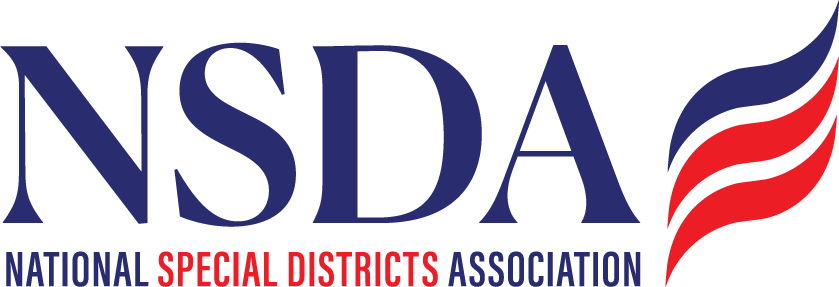U.S. EPA Announces 'Strategic Roadmap' to Address PFAS
October 18, 2021
The U.S. Environmental Protection Agency announced Monday its plan to address per- and poly-fluoroalkyl substances (PFAS) contaminants impacting water and air quality across the country.
As EPA continues to study PFAS, the plan establishes a timeline to achieve benchmarks to better understand PFAS and issues regulations for its use and for water quality. The agency intends to more immediately develop guidelines for further research on the chemical as well as monitoring for PFAS in drinking water systems by the end of 2021. EPA plans to draft by fall 2022 a national primary drinking water regulation for PFOA and PFOS chemicals that would "set enforceable limits and require monitoring of public water supplies, while evaluating additional PFAS and groups of PFAS."
According to the October 18 EPA press release announcing the national strategy, the roadmap outlines EPA's intentions for PFAS including:
- Aggressive timelines to set enforceable drinking water limits under the Safe Drinking Water Act to ensure water is safe to drink in every community.
- A hazardous substance designation under CERCLA, to strengthen the ability to hold polluters financially accountable.
- Timelines for action—whether it is data collection or rulemaking—on Effluent Guideline Limitations under the Clean Water Act for nine industrial categories.
- A review of past actions on PFAS taken under the Toxic Substances Control Act to address those that are insufficiently protective.
- Increased monitoring, data collection and research so that the agency can identify what actions are needed and when to take them.
- A final toxicity assessment for GenX, which can be used to develop health advisories that will help communities make informed decisions to better protect human health and ecological wellness.
- Continued efforts to build the technical foundation needed on PFAS air emissions to inform future actions under the Clean Air Act.
EPA will host two national webinars to engage and collaborate stakeholders. Districts interested in attending the webinars may RSVP to attend the October 26 webinar or the November 2 webinar.
Elements of the agency’s plan could get a boost in funding if Congress moves the Infrastructure Investment and Jobs Act. The bipartisan infrastructure legislation, currently stalled in the House, contains $10 billion for EPA to address PFAS contamination issues.
NSDC will follow EPA’s approach and response to PFAS and update members accordingly.
